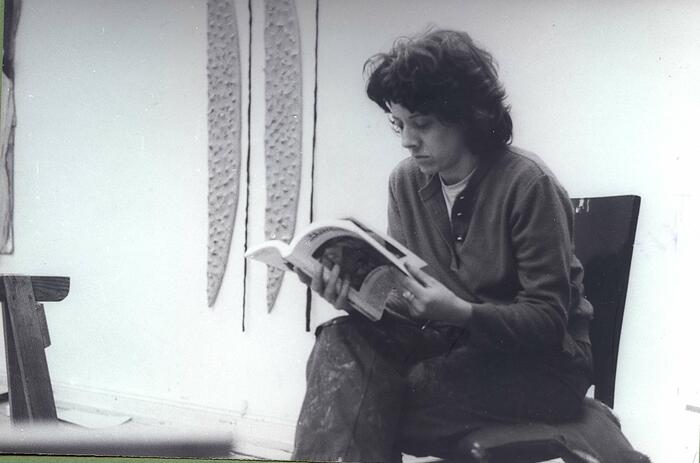DIVERSITY AND FLUIDITY. THE 2023 SÃO PAULO BIENNALE
The São Paulo Biennale opened its doors for its 35th edition. Choreographies of the Impossible focuses on exploring new perspectives of the world from the urgency of the present times.

With a renowned curatorial team -Diane Lima, Grada Kilomba, Hélio Menezes and Manuel Borja-Villel- the São Paulo Biennale presents approximately 1,100 works by 121 participants at the Ibirapuera Park Pavilion.
The idea of forming a curatorial group with a horizontal structure, without a hierarchy or chief curator, is central to this edition. The main themes in the proposals are related to contemporary conflicts: social justice, sustainability, decolonization, diversity of identities, political conflicts. In addition, new artistic disciplines such as film, dance or music will be incorporated in a series of complementary activities to the fair that will take place throughout the three months.
"The participants of this Biennale challenge the impossible in its most varied and incalculable forms. They live in impossible contexts, develop coping strategies, cross borders and escape the impossibilities of the world they live in. They deal with total violence, the impossibility of living in full freedom, inequalities, and their artistic expressions are transformed by the very impossibilities of our time. This Biennale embraces the impossible, the choreographies of the impossible, as politics of movement and political movements intertwined in artistic expressions. It is an invitation to move among artists who transcend the idea of a progressive, linear and Western time. Impossibility is the common thread and the main criterion guiding the selection of these participants," explained the curatorial team.
With a broad representativeness within the artists and spaces –more than 80% of the participants in this edition are non-white–, the proposal of the São Paulo Biennale invites to question the limits imposed and consider differences as a starting point for collaboration and movement.
Participating proposals include that of Inaicyra Falcão, who takes her ancestry as a driving force and inspiration, and the choreographies of her world, broad, transnational and diasporic. Also, José Guadalupe Posada's lithographs that play with death or Luiz de Abreu's research on dance and performance, where the artist exposes experiences of racism. The Huni Kuin Artists Movement (MAHKU) presents its characteristic human and non-human figures in intense colors and Raquel Lima gives form and voice to her story traversed by intimate, social and collective traumas.
This is the first post-COVID Biennale, which presents an innovative tour proposal. Visitors will be able to go directly from the first floor –called the green floor– to the third floor –also referred to as the blue floor– using the iconic internal ramps of the pavilion designed by Oscar Niemeyer. The intention was to create a new dynamic for the space, exploring and challenging the modernist work.
In addition, the Biennale presents Stories of the Biennale, a six-episode program that addresses topics ranging from the creation of the Biennale, the relationship between art and politics, the participation of indigenous peoples in exhibitions to the role of curators in contemporary art and the current edition.











